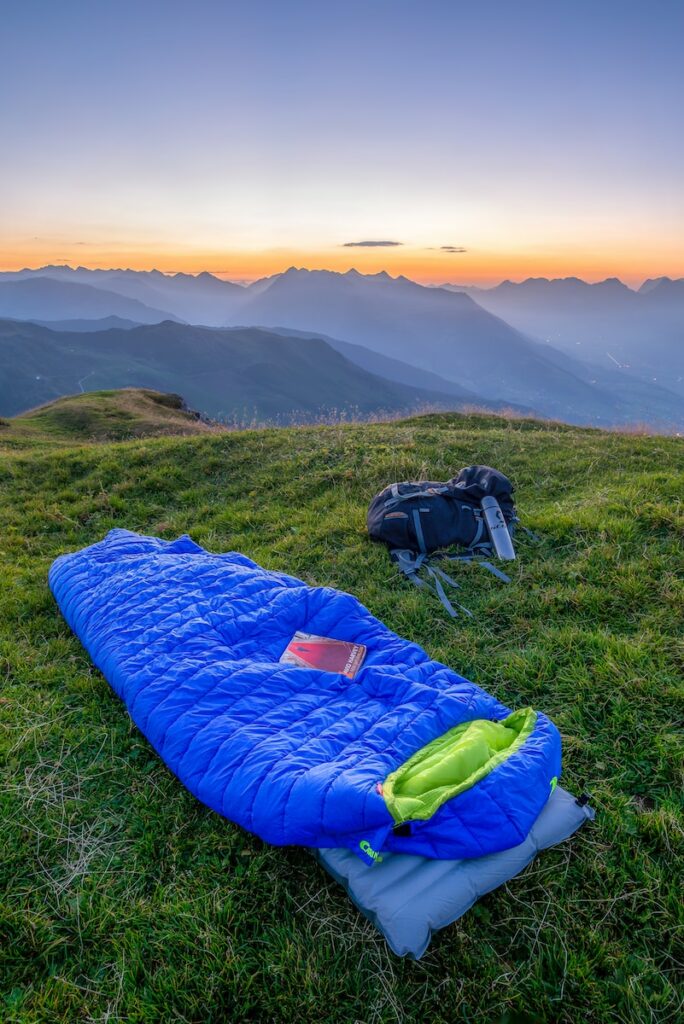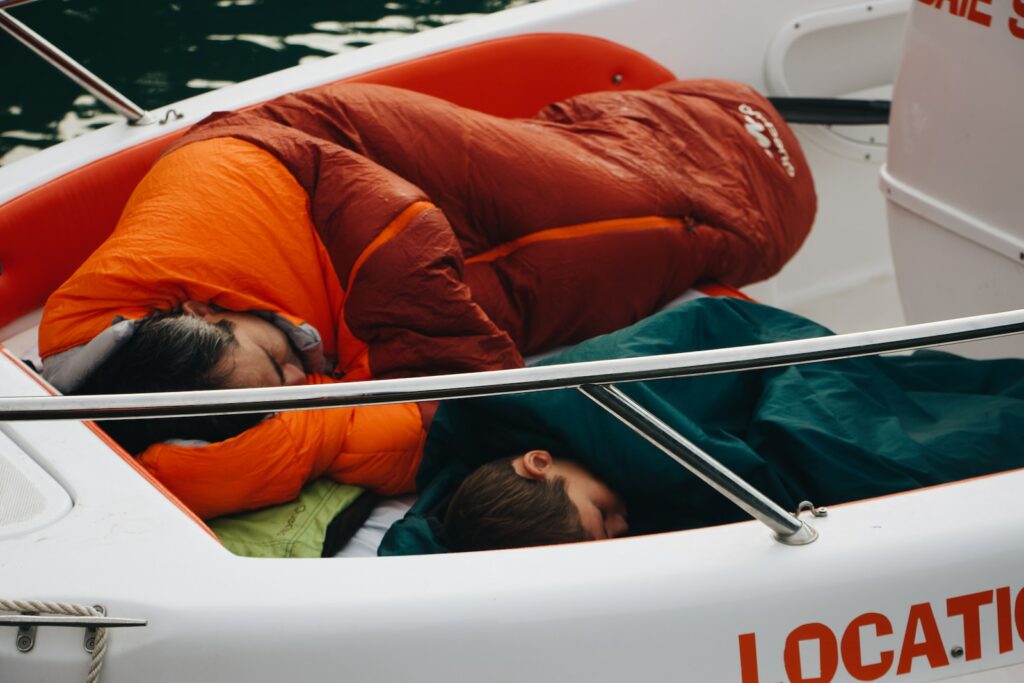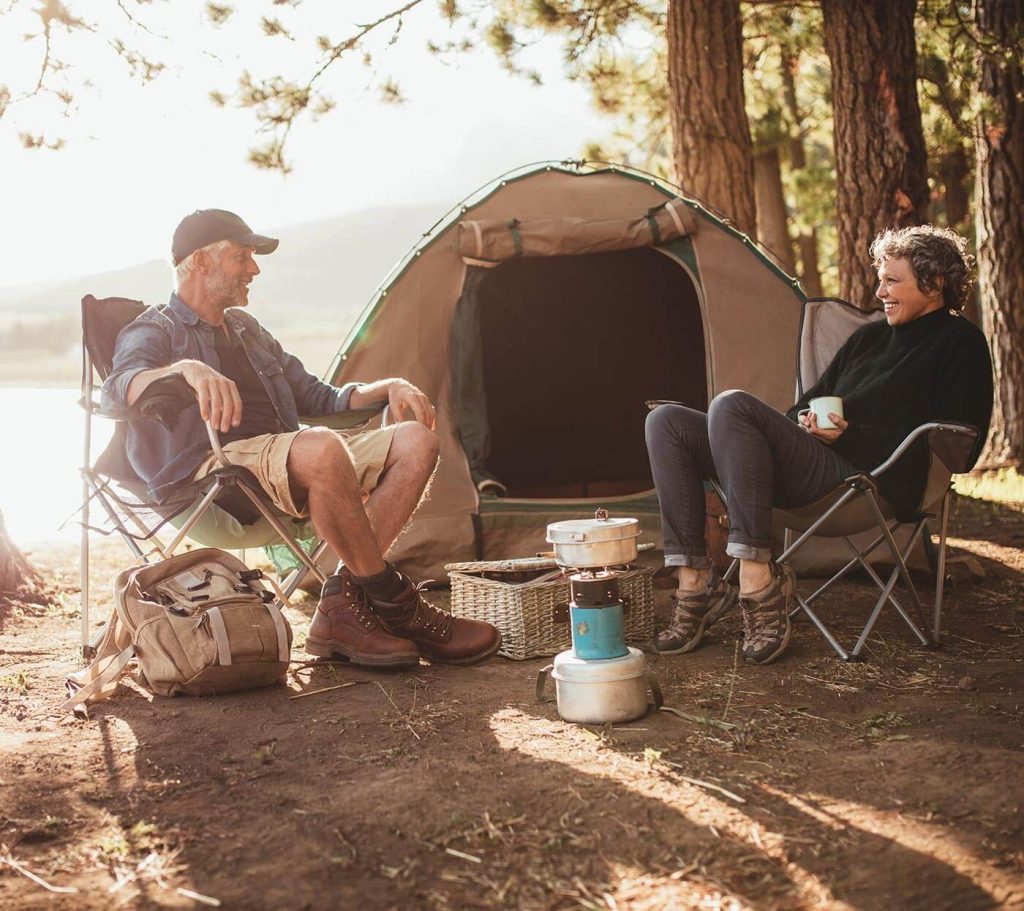Sleeping bags play a vital role in ensuring a comfortable and restful night's sleep during outdoor adventures. Army sleeping bag, renowned for their durability and functionality, often spark curiosity about their warmth compared to regular sleeping bags.
In this article, we will delve into the world of army sleeping bags and conduct a comprehensive analysis to determine their actual warmth in comparison to regular sleeping bags. By exploring their unique features, insulation materials, and design, we aim to provide a clear understanding of the factors that contribute to the warmth of army sleeping bags.
What Makes Army Sleeping Bags Different?
Army sleeping bags are crafted with meticulous attention to detail, incorporating features that enhance their warmth and performance in challenging environments.
- Insulation material The insulation material used in army sleeping bags, such as down or synthetic insulation, plays a vital role in providing optimal warmth and insulation.
- Design and construction The design and construction of army sleeping bags are purpose-built to maximize thermal efficiency, incorporating elements like the mummy shape, draft collars, and strategically placed zippers.
- Additional features Army sleeping bags may possess supplementary features such as waterproof and windproof materials, advanced insulation technologies, and innovative closures, further enhancing their ability to retain warmth and ensure comfort.
Comparing Insulation Materials

Insulation materials significantly influence the thermal performance of sleeping bags. We delve into the common insulation materials used in both army and regular sleeping bags, assessing their merits and limitations.
- Down insulation Discuss the benefits and drawbacks of down insulation in army sleeping bags, exploring its exceptional warmth-to-weight ratio and compressibility, as well as potential challenges in wet conditions.
- Synthetic insulation Explore the advantages and considerations of synthetic insulation in army sleeping bags, including its ability to retain warmth when damp and its affordability compared to down insulation.
Design and Construction Differences
Examine the design and construction features that distinguish army sleeping bags from regular sleeping bags, affecting warmth and comfort.
Mummy shape
Analyze the benefits of the mummy shape in army sleeping bags, which minimizes empty space, maximizes thermal efficiency, and promotes snugness.
Draft collars and hood design
Discuss the incorporation of draft collars and well-designed hoods in army sleeping bags, minimizing heat loss through the neck and head areas, and ensuring optimal thermal comfort.
Zipper placement
Evaluate the strategic placement of zippers in army sleeping bags, which reduces cold spots and allows for controlled ventilation while preserving warmth.
Understanding Temperature Ratings
Temperature ratings serve as valuable guidelines when selecting a sleeping bag suitable for specific weather conditions. We explore their significance and factors influencing warmth.
Explanation of temperature ratings Elucidate the meaning and purpose of temperature ratings, providing clarity on their role in gauging a sleeping bag's suitability for particular temperature ranges.
Determining temperature ratings Delve into the considerations involved in determining temperature ratings, including insulation quality, construction, and the bag's ability to trap and retain body heat.
Factors affecting warmth Explain external factors that influence warmth in sleeping bags, such as the use of sleeping pads for insulation, layering clothing to retain body heat, and personal factors like metabolism and comfort preferences.
Comparison of Insulation Materials Used in Army and Regular Sleeping Bags

Compare the insulation materials used in army and regular sleeping bags, evaluating their respective benefits and drawbacks in terms of warmth and performance.
Down insulation
Discuss the advantages and considerations of down insulation in army sleeping bags, highlighting its exceptional warmth and compressibility, as well as potential challenges related to maintenance and allergies.
Synthetic insulation
Examine the benefits and limitations of synthetic insulation in army sleeping bags, emphasizing its ability to retain warmth even when wet and its durability compared to down insulation. C. Compare the use of insulation materials in regular sleeping bags, considering their unique properties and how they cater to different outdoor pursuits.
Evaluation of Warmth and Comfort Factors in Army and Regular Sleeping Bags
Evaluate various factors that contribute to warmth and comfort in both army and regular sleeping bags, enabling readers to make informed decisions.
- Weight and volume
Assess the weight and packability of army and regular sleeping bags, taking into account their impact on backpacking trips and ease of transportation. - Construction and design
features Evaluate how construction and design elements, including insulation distribution and strategic reinforcement, influence overall warmth, comfort, and durability. - Insulation distribution
Examine how insulation is distributed within the sleeping bag, ensuring uniform coverage and minimizing cold spots for enhanced thermal performance.
Wrap Up

Throughout this article, we have explored the factors that contribute to the warmth of army sleeping bags and compared them to regular sleeping bags. By examining insulation materials, design features, and construction, we have gained valuable insights into the unique characteristics of army sleeping bags that enhance their thermal efficiency.
So, are army sleeping bags warmer than regular sleeping bags? The answer is not a simple yes or no. Army sleeping bags are designed with specific features and insulation materials to meet the rigorous demands of military operations. These features, such as down or synthetic insulation, mummy shape, draft collars, and strategic zipper placement, all contribute to maximizing warmth and minimizing heat loss.
However, it's important to note that regular sleeping bags also come in a wide range of options with different insulation materials and design features, tailored to various outdoor activities and personal preferences.


